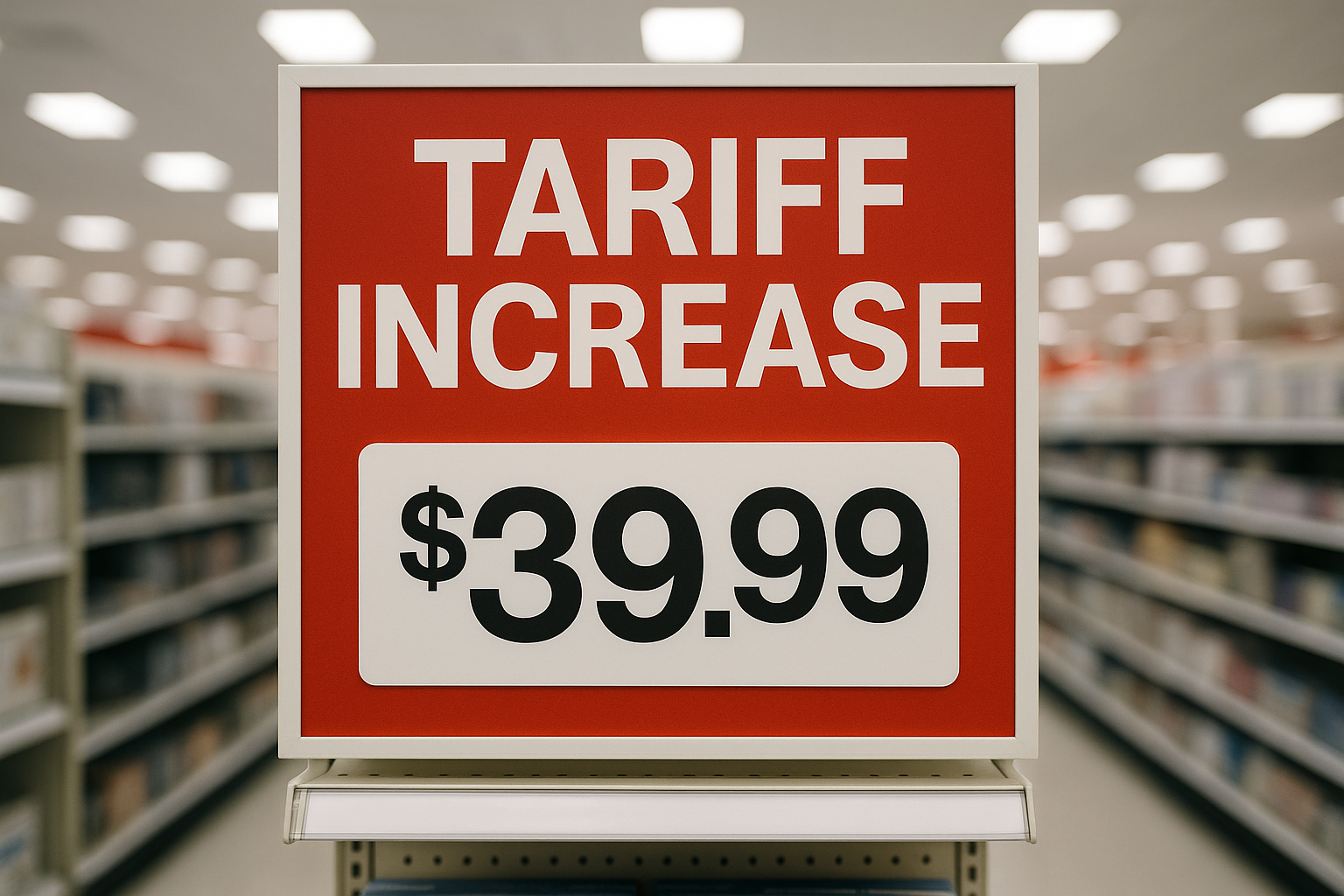When Fashion Meets Friction: Navigating Tariff-Driven Price Increases in Apparel Retail
When Fashion Meets Friction: Navigating Tariff-Driven Price Increases in Apparel Retail
The world of fashion thrives on perception, price, and pace. In this environment, retailers walk a tightrope between cost, brand equity, and customer expectations. But when tariffs disrupt the cost side of the equation, that balance becomes dangerously unstable.
Over the past year, tariff-driven cost hikes on key apparel imports have created invisible but growing pressure for brands and retailers. Whether sourcing finished garments from Vietnam, India, or China, or relying on tariffed inputs like cotton and synthetic yarns, apparel companies are seeing their margins squeezed and often responding with across-the-board price hikes.
Let’s see the tariffs in Global Fashion
Tariffs Tighten the Threads of Global Fashion
Escalating trade tensions have led to new tariffs on major textile and apparel-exporting nations. According to U.S. Customs and Border Protection, many items of clothing imported from China now face duties of 25%, up from a previous 7.5%. The U.S. International Trade Commission (USITC) has also imposed new tariffs on synthetic fabric blends from Vietnam and Bangladesh, targeting products like activewear, sports bras, and polyester-based loungewear.
Apparel retailers now face significant new costs in some categories rising by 15–25%.
The instinctive response? Raise prices.
But in fashion, pricing isn’t just about margin. It’s about positioning, conversion, and competitive pressure. And customers notice when price tags go up.
This is why relying on flat increases can be a branding and revenue trap. Let’s explore why the standard approach is falling short.
Why Blunt Price Hikes Don’t Work in Fashion

Apparel doesn’t behave like packaged goods. The same hoodie might sell for $90 in New York and $50 in Phoenix. Markdowns vary wildly by region, season, and channel. And consumers are highly trained to compare and shop for value especially in online and omnichannel environments.
When costs go up, blanket price hikes often backfire. Here’s why:
- Brand perception is fragile – Higher prices can alienate price-sensitive segments or make previously “accessible luxury” feel overpriced.
- Elasticity varies by segment – Gen Z may react differently than Gen X. Activewear may tolerate increases better than casual basics.
- Competitor activity is constant – If others delay or soften increases, you may lose cart conversions instantly.
What’s needed is not higher prices. It’s smarter pricing that reflects market sensitivity, competitive positioning, and customer value perception.
In this high-stakes environment, precision matters. And AI makes it possible.
Precision Over Panic: How Apparel Retailers Can Respond Better
Hypersonix empowers fashion brands to move beyond instinct and toward intelligence, using AI-driven insights to optimize price response in tariff-affected categories.
Here’s how:
Segment-Aware Price Testing
Not all shoppers or regions react the same way to price changes. Hypersonix Pricing AI enables micro-level price tests based on:
- Shopper behavior by demographic and channel
- Geography-specific elasticity
- Product lifecycle stage (launch, peak, clearance)
This allows brands to raise prices where they’ll be absorbed and hold steady where volume or loyalty is at risk.
Predictive Sell-Through Modeling
Rather than guessing how a 10% increase will impact sales, Hypersonix models potential sell-through scenarios before changes are implemented. It evaluates:
- Conversion drop-off rates
- Inventory impact
- Markdown needs downstream
This helps prevent overstock or dead inventory caused by mispriced goods.
Smart Bundling & Promotional Counterbalance
When prices do rise, they can be softened with smart tactics. Hypersonix helps retailers:
- Build bundles or BOGO offers to increase perceived value
- Time promotions to align with competitor moves
- Offer channel-specific discounts where elasticity is highest
The goal isn’t to avoid raising prices it’s to do it intelligently, with confidence.
Let’s see how this plays out in the real world with a retail case study.
Real-World Example: Navigating Tariffs in Athleisure
A mid-sized athleisure brand sourcing from China faced a 25% tariff increase on leggings, hoodies, and compression tops with projected margin erosion of 18% on best-selling SKUs.
Rather than apply a 15% flat price increase across all stores, they used Hypersonix to:
- Run region-specific elasticity testing on each product
- Compare competitor pricing on similar SKUs in key ZIP codes
- Simulate sell-through changes based on various price points
- Introduce localized bundle offers (e.g., leggings + top sets)
What they learned:
- Some affluent metro ZIP codes could absorb a 12% increase without conversion loss
- Suburban, discount-sensitive areas responded better to bundles than price hikes
- Competitors in 3 core markets were not adjusting prices making stealth pricing dangerous
Results in 6 weeks:
- 10% lift in average order value in targeted bundle zones
- 6% higher margin preservation compared to flat price increase
- No major traffic loss in tariff-impacted categories
By treating pricing like a scalpel, not a hammer, they protected both profit and perception.
That’s the power of pairing retail intuition with AI intelligence. Let’s see how it AI delivers actionable insights.

Competitive Pricing That Protects More Than Margin
Hypersonix doesn’t just offer insights. It delivers actionable clarity in a category where price, positioning, and perception are deeply intertwined.
With Hypersonix, fashion retailers can:
- Run “what-if” scenarios before raising prices
- Analyze competitor price shifts by region and product type
- Test price elasticity by customer segment
- Optimize promos and bundles to offset friction
In a tariff-driven landscape, price isn’t just a lever it’s a brand signal. With smart tools, you can preserve both.
Conclusion: Style with Strategy
Tariffs are the reality. But pricing panic doesn’t have to be.
Apparel retailers today have more data, more competition, and more volatility than ever. But they also have more tools and Hypersonix brings them together into one unified system of pricing intelligence.
Don’t let rising costs unravel your positioning. Respond with Precision, Flexibility and Confidence

-1.png)



